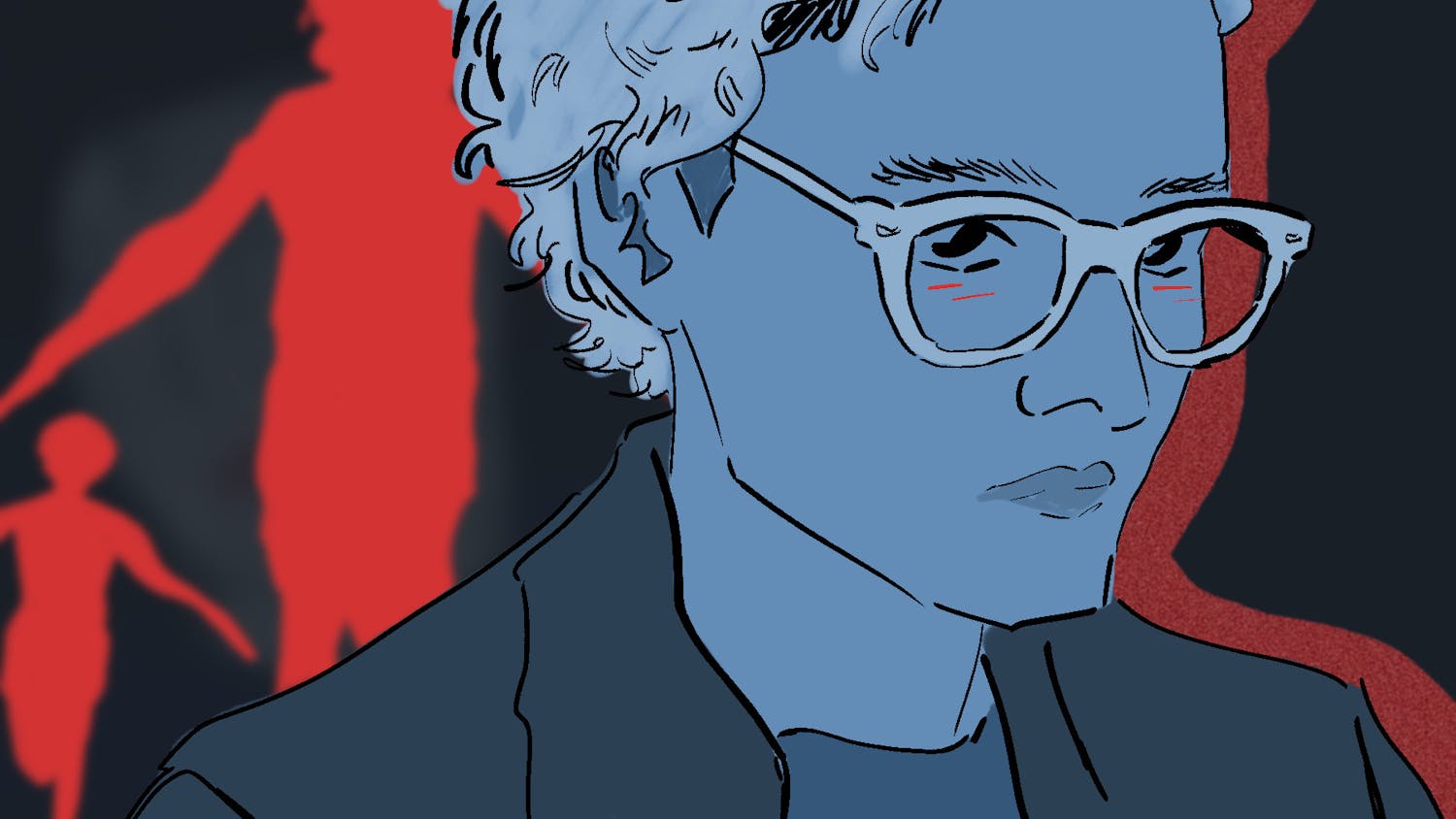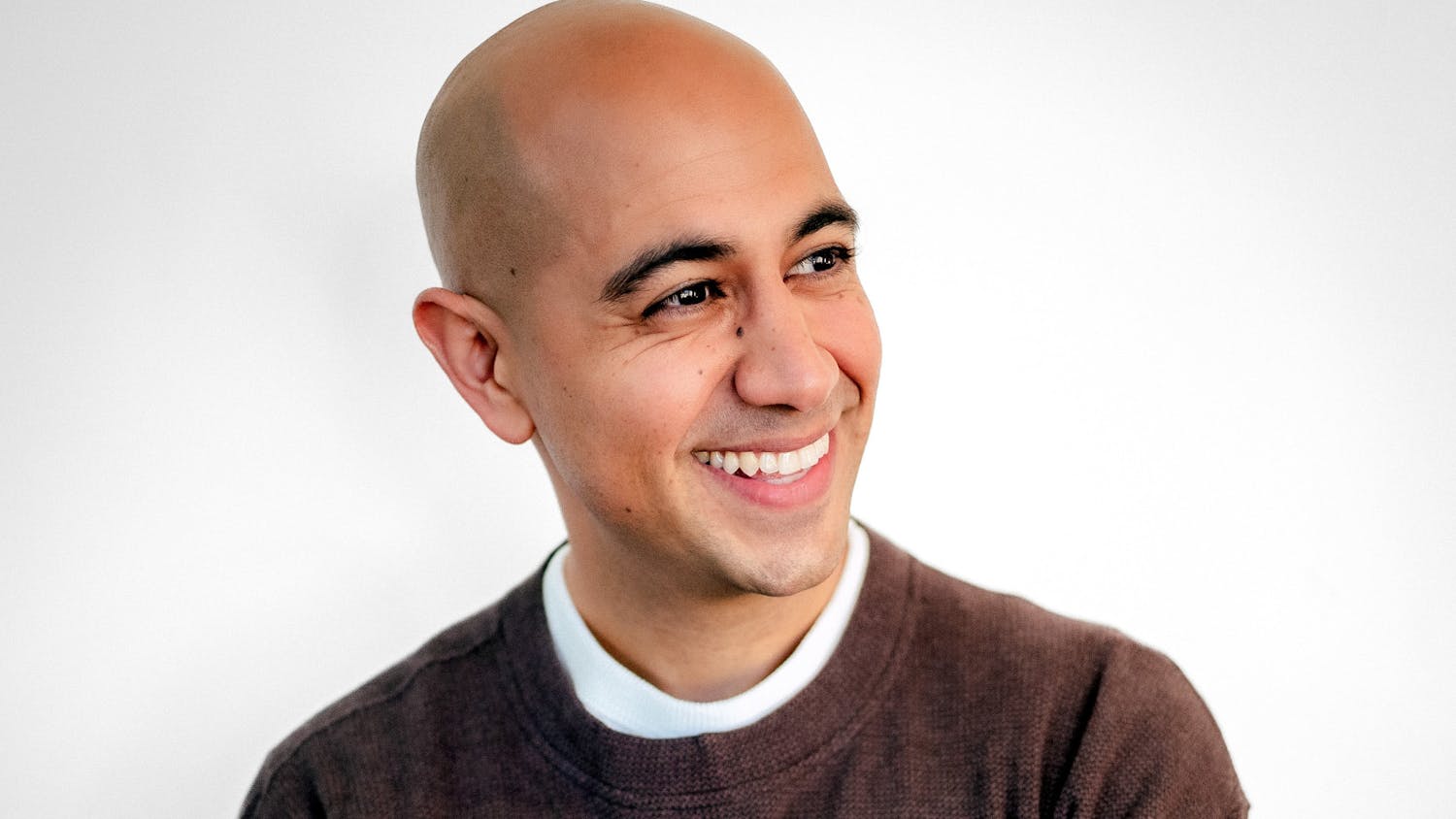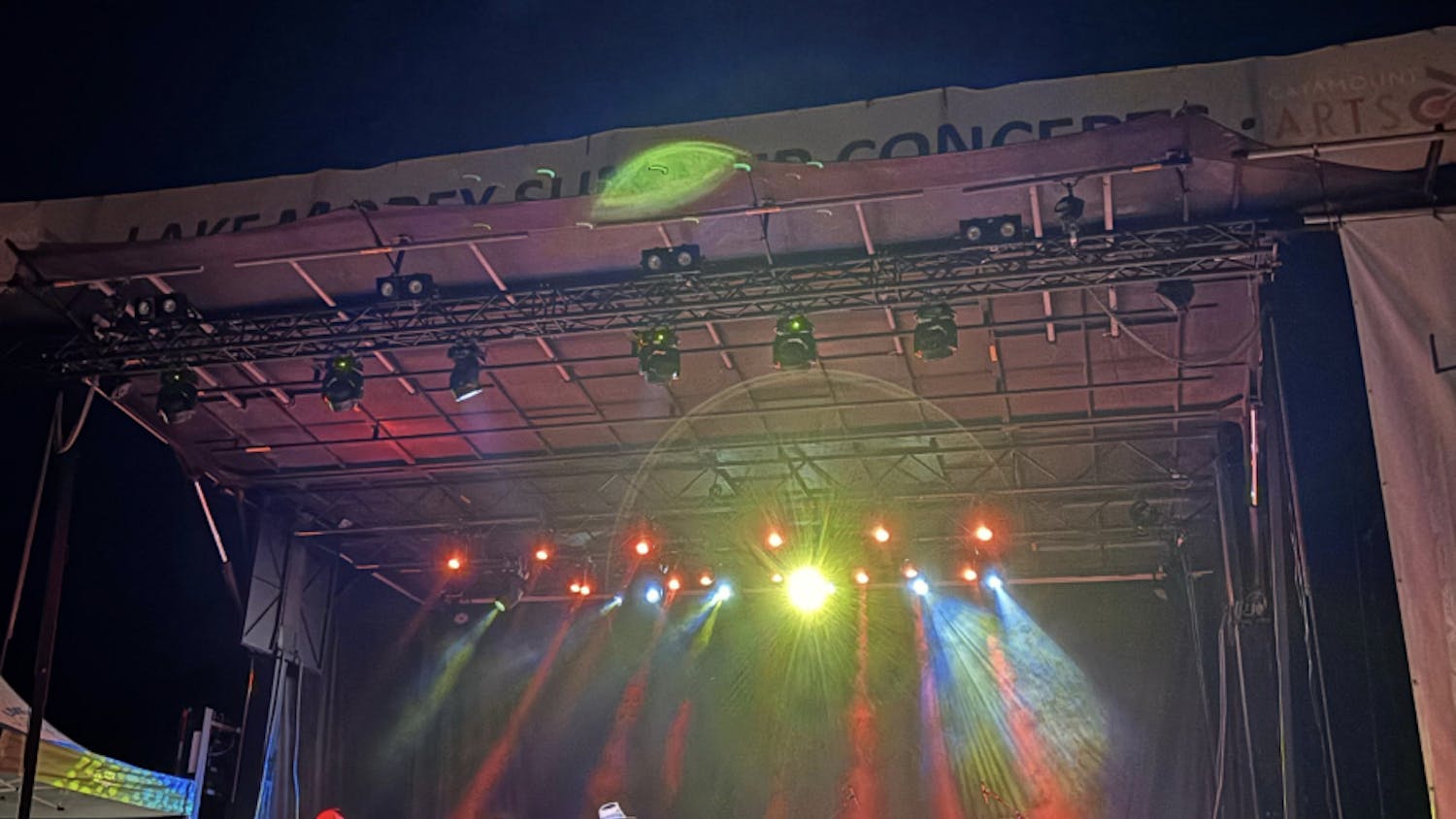For improvised music to have real aesthetic value, not just hints of earnest beauty, takes more than talent. If Iranian musician Kayhan Kalhor is any indication, what is needed is a sense of the cultural and spiritual meaning of the music. This understanding was on display last Friday night in Rollins Chapel, when Kalhor, a Grammy-nominated artist and visiting music professor at the College this term, and Siamak Aghaei performed in "Persian Improvisations." The concert featured the unscripted melodies of the kemancheh, a traditional Persian fiddle-like instrument and the santur, a dulcimer played with thin mallets.
Improvisation is as much a part of Persian musical culture as is composed music. In the classical tradition, improvised music, or "bedaheh navazi," is actually based on an intricate system of musical phrases that must be memorized. Because the phrases relate in predictable patterns, the basic musical theory of Persian music, much like that of American jazz, goes hand in hand with improvisational style.
"There are frames and systems that we know, but we try not to set anything before we play," Kalhor said in an interview with The Dartmouth prior to the show. "Sometimes it seems like the music is not very well determined, but that's part of the sacrifice of making, rather than rehearsing, music."
Kalhor has been a virtuoso on the kemancheh since a very early age. Starting when he was seven years old, Kalhor studied the instrument under Ahmad Mohajer, a modern master of the classical style. Only six years later Kalhor was invited to play with the Iranian National Orchestra of Radio and Television. He later went on to study Western classical music in Rome and Ottawa. Today, Kalhor is considered one of the premier classical musicians in Iran and has achieved international acclaim. He has released three major albums and composed works for a number of famed musicians and groups, including the Shayda Ensemble, Iranian vocalists Mohammed Reza Shajarian and Shahram Nazeri and Yo-Yo Ma's Silk Road Project.
The performance -- presented without intermission as a single song -- opened with the soft drumming of Aghaei's santur, at first as sparse notes and simple chords. Gradually the chords became more complex and the tempo quickened, and when a recognizable melody arose, the sounds of Kalhor's kemancheh crept in. From there Aghaei and Kalhor engaged in a skillful coordination of two very different but very complementary instrumental sounds. The result was exquisite, especially when the musicians repeatedly unleashed noisy fits of passionate virtuosity only to later trail off slowly into a gentle hum -- a beautiful example of the rules of phraseology in Iranian musical theory.
The performance, which lasted around an hour and 15 minutes, tested the patience of the audience members, many of whom were likely unfamiliar with the classical Persian sound. Kalhor compared the relative obscurity of Persian musical gestures to Italian opera, which he said even native speakers do not understand but still appreciate. He also spoke about the market for cultural music in this country and elsewhere.
"Outside Iran as well there is a big interest. People want to know about Persian music and Persian art, because [they are] very old and well known," Kalhor said. "What is important is that there is consciousness about other places in the world."
With Friday night's show, Kalhor certainly succeeded in that mission: His music was an education in cultural understanding. The cultural and spiritual devotion of the musicians was evident and inspiring.
At times, Kalhor's performance allowed the audience glimpses into his emotional center. The kemancheh, which is held upright in a kneeling position, is small enough to sway along with the person playing it, and Kalhor's kemancheh moved gracefully each time his body and bowing arm shook with emotion. Kalhor was in sync visually as well as aurally with Aghaei, who, sitting cross-legged before his stationary santur, rocked up and down to an internal rhythm.
The latter musician's personal kemancheh may only be a few decades old, according to Sara Owen, an assistant in the Hopkins Center Marketing Department, but the musical tradition that it represents is an ancient and stately one.
The Persian music of today, however, is very different from its traditional ancestor years ago. But, according to Kalhor, regardless of changing trends, appreciation for music is not likely to die.
"People are always there. It's not a matter of presidents or officials elected to office," he said. "Every people, every society respects and loves their own cultural belongings. Music is much a part of that."



